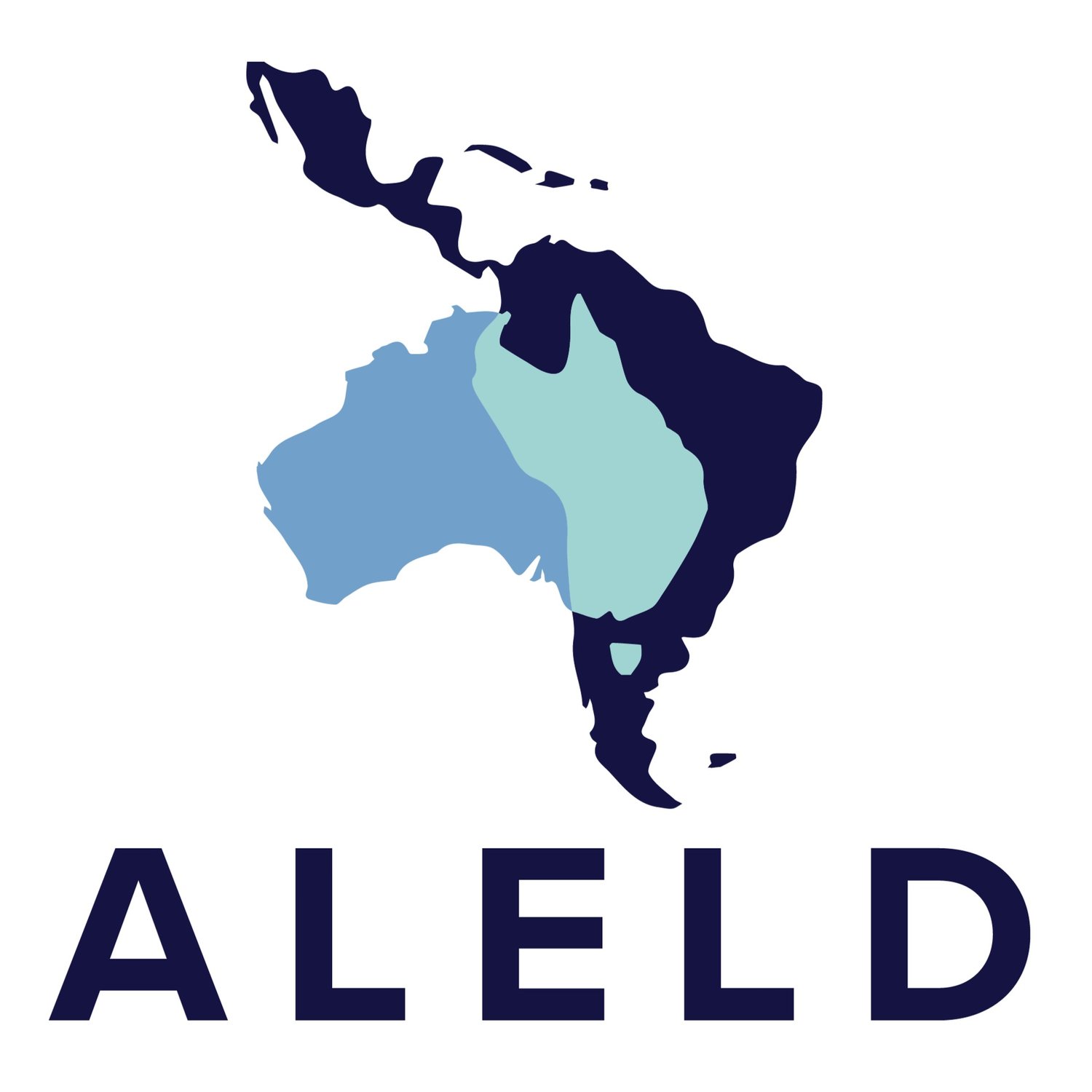Indigenous Sovereignty and the 2019-2020 Wildfires
The Bolivian Amazon
Throughout 2019-2020, wildfires rampaged across Australia and South America. In Australia, more than 3500 homes were destroyed and the smoke killed nearly 450 people. More than 6 million hectares of the Bolivian Amazon was burned, adversely affecting at least 126,000 people. Due to the severity of the wildfires in both continents, a state of emergency was declared in Australia, Bolivia, Paraguay, and Brazil.
Fires are not uncommon in these countries, but anthropogenic climate change has intensified their effects. Climate change has been linked with hotter and drier weather which increases the frequency and severity of wildfires. Looking back at these catastrophic impacts, we need to ask how they can be prevented in the future. The answer could be found by looking at the environmental management practices of First Nations peoples.
Indigenous Australians have practiced sustainable land management for tens of thousands of years. For many Aboriginal Australian peoples this involved burning land rotationally in a patch-mosaic, according to the geographic and climatic conditions of the area (Pascoe, B (2013) ‘Dark Emu: Black seeds agriculture or accident?’.). These controlled burnings clear forest undergrowth and prevent leaf litter accumulation (ibid.), which reduces the likelihood of uncontrolled wildfires and promotes flora biodiversity. As controlled burnings maintain the ecological health of country, it is considered an important responsibility in many Aboriginal cultures.
Similarly, Indigenous peoples in the Bolivian Amazon use small, slow-moving controlled fires to turn groundcover fuel into fertile ash. Grasslands are traditionally burned at the end of the dry season, which decreases the risk of these fires becoming out-of-control. This practice deters snakes and makes the grassland ecosystem preferable for game animals, such as deer and armadillos. For both Aboriginal Australians and Indigenous Bolivians, the use of fire is often a part of their cultural identities as it is considered a means of renewing and cleaning the land.
Across Australia and South America, there is a growing movement for Indigenous sovereignty, which has ties with climate justice. Indigenous sovereignty involves First Nations gaining control and autonomy over Indigenous affairs. This does not mean creating a new nation-state, for example, Bolivia acknowledges plurinationalism – many nations (i.e. peoples and cultures) that exist within the single republic. Australia, however, is the only Commonwealth nation without a treaty with its Indigenous peoples.
Though Bolivia has made significant progress for Indigenous sovereignty and autonomy, additional challenges still led to the republic being impacted by the 2019-2020 wildfires. For example, Bolivia is still affected by climate change and there have been cases of conflicts of interest between the government and communities.
Indigenous sovereignty facilitates traditional environmental management practices. Indigenous lands are associated with lower incidence of wildfires and higher conservation of carbon stocks and biodiversity. Decades of ‘zero-fire’ policies and prevention of Indigenous land practices across South America have been associated with increased wildfires. Even though hazard reduction burnings are carried out in Australia, they are often inappropriate for the area’s specific conditions, highlighting the need for Indigenous knowledge. Moreover, in other countries within the Amazon, like Peru, Indigenous land titling has been shown to reduce forest clearing by more than 75%.
As a result, Indigenous sovereignty would help to sustainably prevent wildfires, combat climate change, and achieve true reconciliation. As seen in Bolivia, recognising Indigenous sovereignty alone is not enough to prevent wildfires; Indigenous peoples must have direct input and leadership on matters concerning land use. Combating the effects of climate change also requires international cooperation as changes in environmental conditions traverse borders. Indigenous peoples across the world have sustained land for millennia. Their perspectives must be included in environmental policy and decision-making.
Content Disclaimer
The views expressed in this article are those of the author and do not necessarily represent the views or opinions of the Australia-Latam Emerging Leaders Dialogue.


